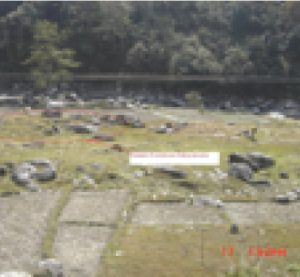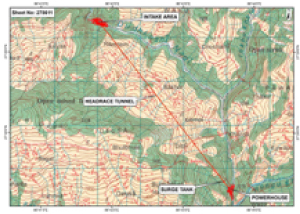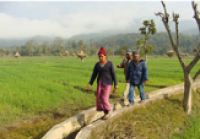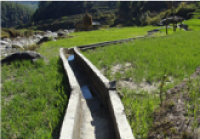


Client: Kalika Energy (P) Ltd
Funding Agency: Kalika Energy (P) Ltd
Period: February 2013 to March 2018
Consulting Association: GEOCE Consultants (P) Ltd
Approx. Value of Services: NRs 3.5 million
Professional Staff Input: National (16) person months
Salient Details
Bhote Koshi-5 Hydroelectric Project is a run-off river project of installed capacity 60 MW and it is being developed as cascade scheme of Middle Bhote Koshi Hydroelectric Project (102 MW). Main features of the project include intake portal (80x20m), headrace tunnel (7.635 km) and surface power house. The power generation capacity of the project is 186 GWH/year. The project cost is estimated at US$ 81.5 million.
The scope of EIA study include public notice, preparation of scoping document and ToR, preparation of field study, data collection and analysis, assessment of environmental impacts on physical, biological and socio-cultural aspects and their mitigation measures, preparation of environmental management plan, Public hearing and preparation of EIA report. The EIA study is carried out as per Environmental Protection Regulation of Government of Nepal.




